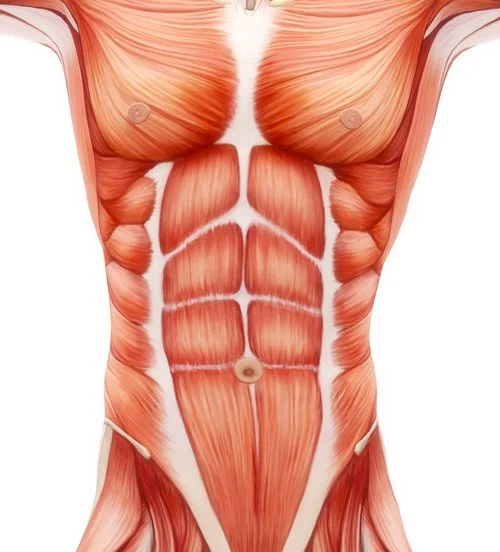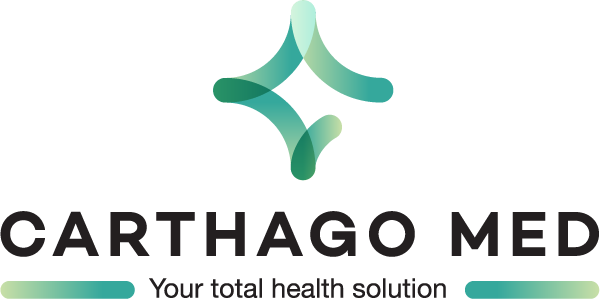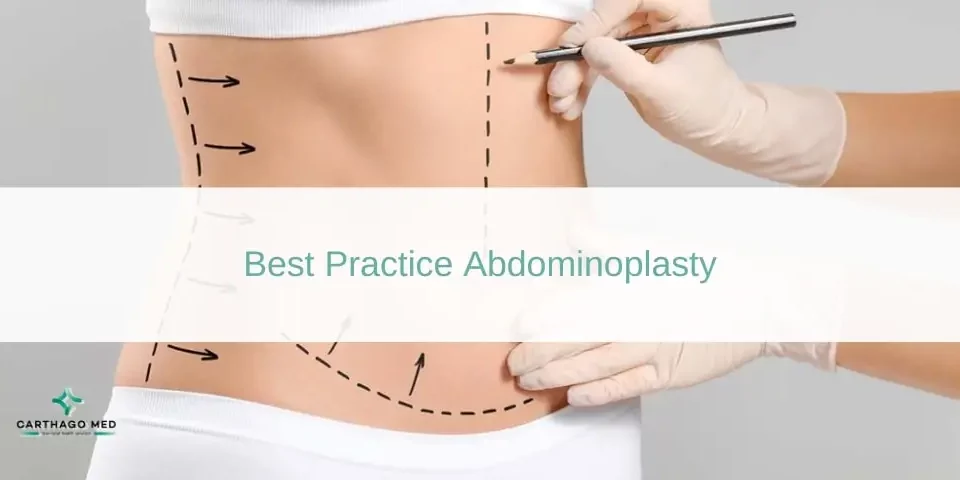
How to achieve the six-pack effect with cosmetic surgery?
Nowadays, with the trend of bodybuilding becoming more prominent, men are starting to feel exceedingly insecure about their looks. To them, an ideal body is characterized by a v body shape with large shoulders, developed pecs and arms, a defined back and a refined silhouette with six-pack abs and smaller buttocks. By following a healthy diet and exercising regularly, achieving the ideal body seems possible. Indeed, thanks to the presence of testosterone in male bodies, men are capable of developing muscles easily and rapidly (which is not the case for women). However, even with years of toil in the gym, it is still very difficult to achieve high-definition abdominal aesthetics. Abdominal etching or abdominal liposculpture, on the other hand, achieves six-pack abs rapidly and in few steps thanks to targeted liposuction.

What is the principle of abdominal lipostructure?
Abdominal fat grafting derives from abdominal liposuction. It permits the suctioning of fat from the abdomen's superficial and deep layers to accentuate a patient's natural abdominal lines. Since it is impossible to suction intra-abdominal fat located in the peritoneal cavity, the surgeon rather targets strategic lines of superficial abdominal muscles extending from the thorax to the pubic area. S/he thereafter suctions fat-rich areas while carefully leaving small masses on top of it so that the six-pack effect be visible. Anatomically speaking, there are 8 abdominal muscles: 6 square abdominal muscles above the umbilicus and two long triangular abdominal muscles underneath it. It is indeed rare that muscles underneath the umbilicus be defined; however, by accentuating the shape of the middle line, it becomes possible to distinguish them.
Who is a Good candidate?
A good candidate for abdominal etching has to have a small amount of abdominal fat which the body refuses to burn off, regardless of regular diet and exercise. The procedure is not destined for the overweight, patients having more than 2 cm of abdominal skin fold (measured by pinching the abdomen skin using the thumb and the forefinger), or those who regularly practise sports. Abdominal lipostructure can be destined to candidates who do not practise sports if combined with a liposuction of other fatty areas such as the abdomen, the hips, the lower back and the flanks. Ideal candidates, however, are those who already possess underlying high-definition abs, which can be further accentuated with grafting. Other ideal candidates are ex-patients of abdominal liposuction or abdominoplasty who wish to achieve a more chiseled abdominal effect. The procedure is also destined for women upon request and provided that they fulfill the requirements.
How To Prepare For Six-Pack Abs Surgery?
The surgeon is more likely to perform a procedure on individuals with well-prepared bodies. The patient should be physically and mentally prepared for the surgery prior to initiating the preparation period. The first step is getting a routine physical examination from your regular doctor. This is required to get medical clearance for the elective surgery. Check with your surgeon to see if they require any further medical work-up before the surgery. Secondly, stop smoking and/or taking any smoking-related products. Smoking is well known to have a significant negative effect on wound healing. Smoking decreases blood flow to the skin and can cause significant delays in the wound healing process. For a tight abdominal skin contour after surgery and to minimize complications, smoking cessation is mandatory for a minimum of 3 months before the surgery and 3 months after the surgery. Any products containing nicotine such as nicotine gum, nicotine patches, and cigar smoking must also be stopped.
What's the procedure for abdominal liposuction?
Once all examinations have been underwent, the procedure day can be scheduled. Abdominal liposuction is performed under general anesthesia and can last from 1h30 to 3 hours depending on treated areas. The surgeon sculpts the abdomen starting from the under-chest area to the lower umbilicus by targeting the present lines of the abdominal wall. Like any other liposuction, post-operative incisions do not engender scars as fine cannulles of suctioning are used. The surgeon then proceeds by placing special bandages on liposuctioned areas to optimize results. The latter bandages can be only removed 10 days after the procedure. Following that, it is recommended to wear a contention garment for a month. Resuming work is only considered after 5 to 10 days and sports after 2 to 4 weeks.
What Is The Recovery Procedure Of 6 Pack Abs Surgery Like?
After the surgical procedure, incisions must be cleaned usually once or twice a day. Otherwise, showering can be resumed 2 days after the surgical procedure. In the initial phase, you will experience mild to moderate pain, which is usually well-tolerated with oral pain medication. The swelling from the surgical procedure will subside in the first few weeks after surgery. The length of time relies upon the extent of the procedure and the individual. The swelling at once after surgery may, in fact, make look better than it did before the final results of the surgery. But relaxation warranted that it will disappear with time. Often, you could quicken the lowering of swelling by elevating the body part, which will increase circulation. This is mainly important in the first 2 days after surgery. A few mild massages over the swollen areas may also increase circulation and assist in disposing of the swelling. This will be verified by your medical doctor. Generally, a support garment is worn to help reduce swelling and hold the muscles in their new position during the early healing phase. If you experience any drastic increase in pain or swelling in the first 24 hours after surgery, call your doctor immediately and stop exercising the affected body part.
What are the benefits of Six Pack Surgery?
The benefits of opting for six-pack surgery are manifold. Firstly, the immediate results stand out as one of its most notable advantages. Unlike the lengthy process of developing defined abdominal muscles through exercise and diet, this surgical procedure offers instant gratification. Patients can emerge from the surgery with a visibly toned and sculpted abdomen, a particularly enticing prospect for those who have struggled to achieve this look naturally over months or even years. Secondly, the enhanced self-confidence that accompanies a toned and muscular abdomen is invaluable. The improved appearance post-surgery can lead to a significant boost in self-esteem, positively impacting various aspects of one's personal and professional life. Whether it's feeling comfortable in swimwear or simply enjoying a more defined physique, the psychological benefits are substantial. Moreover, the results of six-pack implants and surgical procedures tend to be long-lasting, offering a permanent solution. Unlike other body contouring methods that may require ongoing maintenance, once the implants are in place or fat has been sculpted, the results can endure for many years, provided the individual maintains a stable weight and adheres to a healthy lifestyle.
Furthermore, the high degree of customization possible with six-pack surgery is noteworthy. Surgeons can tailor the procedure to match the patient’s specific body type and desired aesthetic, ensuring natural-looking and harmonious results. This personalization process, discussed during consultations, ensures that the final outcome aligns perfectly with the patient's vision. Additionally, advancements in cosmetic surgery techniques have made six-pack operations less invasive and more efficient. Many procedures involve minimal incisions and reduced recovery times, allowing patients to return to their daily routines much faster. Techniques such as VASER liposuction or laser-assisted lipolysis offer precise sculpting with minimal discomfort and downtime. Lastly, six-pack surgery effectively addresses stubborn fat deposits that resist conventional weight loss methods. Despite rigorous exercise and a strict diet, some individuals struggle to lose fat in certain areas of their abdomen. This surgical approach allows surgeons to target and remove or redistribute fat, creating a more defined and toned abdominal area.
What are the risks of abdominal etching?
While the allure of a chiseled abdomen is strong, it's essential to understand the risks associated with six pack surgery. As with any surgical procedure, there are potential complications that patients should be aware of. Infections can occur at the incision sites or deeper within the tissues. Although rare, infections can be serious and require additional treatment, including antibiotics or further surgery. Scarring is another concern; while surgeons make every effort to minimize scarring, some degree is inevitable, varying based on individual healing processes and the surgical technique used. Achieving perfect symmetry in surgical six pack procedures can be challenging, and there may be slight differences in the appearance of the abdominal muscles, which can be more noticeable in some individuals. General anesthesia carries its own set of risks, including adverse reactions and complications, which should be discussed with the anesthesiologist before the procedure. Nerve damage, though rare, can result in numbness or changes in sensation in the abdominal area. Additionally, there is always a possibility that the results may not meet the patient’s expectations, leading to dissatisfaction and the potential need for revision surgery. The accumulation of blood (hematoma) or fluid (seroma) under the skin can occur after surgery, potentially requiring drainage or additional medical intervention. Swelling and bruising are common after six pack surgery, but in some cases, these effects can be prolonged, affecting the overall recovery time. For those opting for six pack implants, there are additional risks such as implant displacement, rupture, or capsular contracture (hardening of the tissue around the implant). Understanding these risks is crucial for anyone considering six pack surgery.
When will results be visible?
The final results of six pack implants or surgical six pack procedures typically become evident after a span of 3 to 6 months. During this crucial period, patients are usually advised to adhere to a specialized diet regimen recommended by their surgeon, aimed at fortifying the abdominal muscles. It's imperative to diligently follow this dietary plan in conjunction with regular exercise routines, particularly post abdominal liposculpture surgery, to ensure the durability of the results. Interestingly, many individuals who undergo abdominal lipostructure find themselves embracing a newfound passion for physical activity, often transitioning from being inactive to becoming avid sports enthusiasts.









